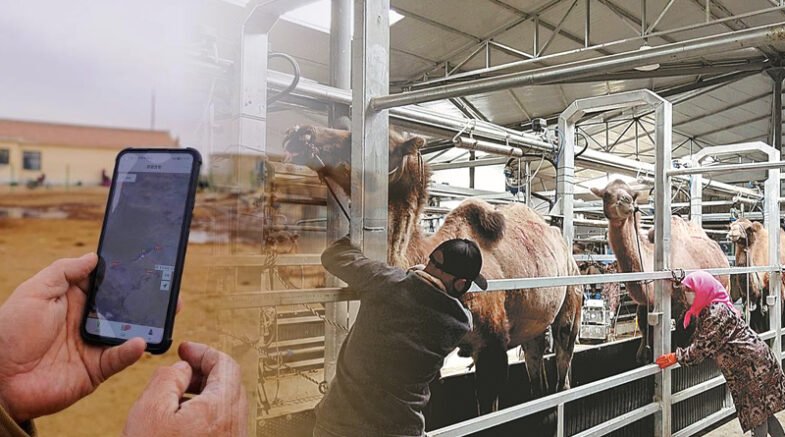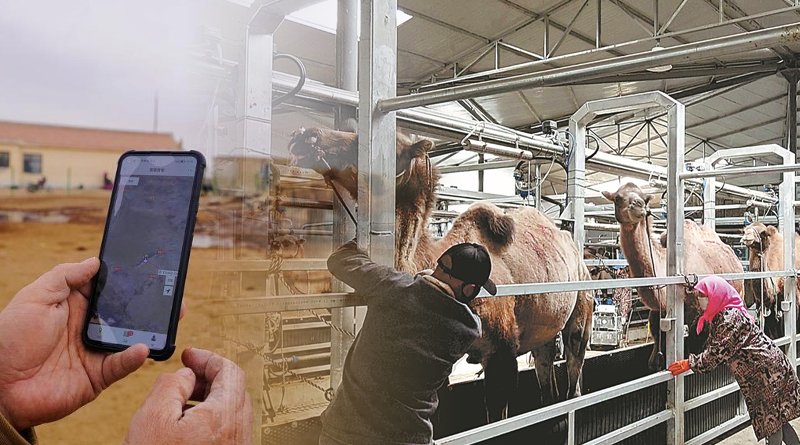The Alshaa Left Banner’s project in the Alshaa Desert Grassland of the Inner Mongolia autonomous region, recently won national recognition.

The Alshaa Left Banner’s project, Intelligent Management of Ecological Animal Husbandry, in the Alshaa Desert Grassland of the Inner Mongolia autonomous region, recently won national recognition.
It was one of 74 cases released by the Information Center of the Ministry of Agriculture and Rural Affairs, and was chosen and suggested as an exceptional case for national intelligent agriculture development in 2022.
Since 2000, the project has been under research and development. It has created technical equipment, such as an intelligent grazing system and an intelligent drinking water system, in response to the unique landscape characteristics of Alshaa League and the needs of its herders.
The foundational framework for intelligent grazing integrates animal husbandry with the internet and satellite positioning technology. To enable intelligent identification, positioning, tracking, monitoring, and management, monitoring equipment is connected to herd location, movement, and other information using internet technology.
The Intelligent Management of Ecological Animal Husbandry project in the Alshaa Desert Grassland is an initiative aimed at promoting sustainable and environmentally-friendly animal husbandry practices in the region.
The project utilizes modern technology such as artificial intelligence, big data, and internet of things (IoT) to monitor and manage grazing practices in the grassland.
By doing so, the project aims to prevent overgrazing and land degradation, promote the restoration of degraded grasslands, and improve the overall ecological health of the Alshaa Desert Grassland.
The project also seeks to improve the livelihoods of local herders by helping them to adopt more efficient and profitable animal husbandry techniques.
This includes the use of improved breeds of livestock, better grazing management practices, and the development of value chains for locally-produced animal products.
The landscape of Inner Mongolia is characterized by vast grasslands, deserts, mountains, and rivers, and is home to a wide range of flora and fauna, including many endangered species such as the Mongolian gazelle, the wild Bactrian camel, and the Gobi bear.
